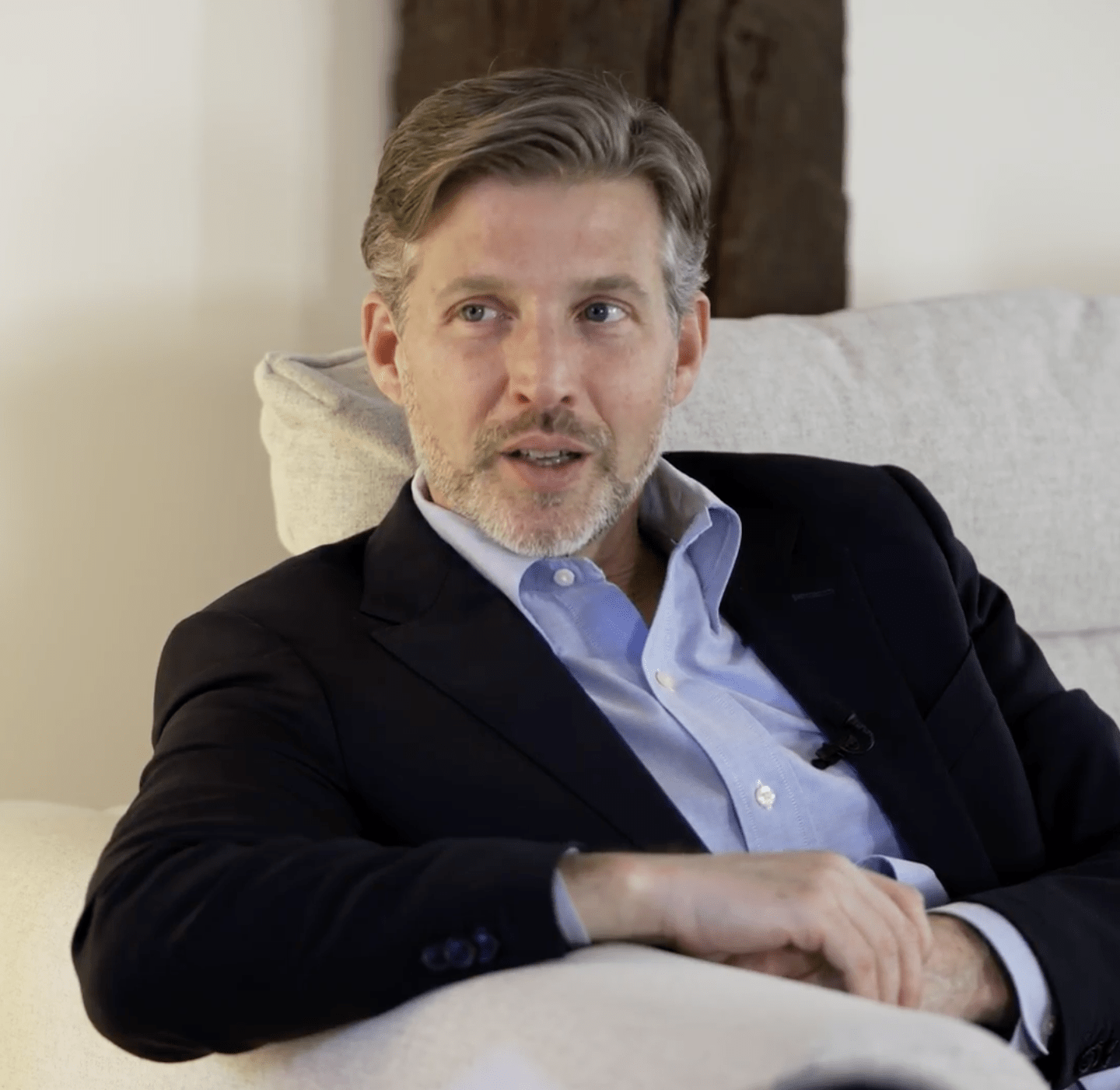Introduction
In the face of escalating health concerns in Germany, where mental health emerges as a predominant factor in work incapacity, burnout syndrome is attracting growing attention. Recent statistics reveal a startling reality: a quarter of all employees in Germany now rate their burnout risk as high, almost double the number in 2018. Stemming from persistent workplace stress, not only does burnout take a toll on individual mental and physical well-being, but it also leaves an enduring mark on companies and society at large, influencing productivity, workplace dynamics and the fundamental structure of organisational success. This article explores the intricate facets of burnout, unraveling its definition, the nuances in the German context, the diagnostic landscape, the complexities of burnout-related sick leave, and proactive strategies for organisations to stem the tide.
In this article you will learn about the following topics:
- The multi-dimensional nature of burnout
- The hidden victims: high performers at risk
- The impact of workplace dynamics on employee well-being
- German landscape: a deeper dive
- Expert opinions: Insights from Germany
- Stressed-out sectors and organisational costs
- Diagnosis and dynamics of sick leave
- Consequences of burnout leave on organisations
- Termination of contract and salary payment
- Practical strategies for employers
- A holistic approach to employee well-being
- The Kyan Health perspective
- Kyan Health’s targeted approach to mitigating burnout and enhancing employee well-being
- Kyan Health user testimonial
The multi-dimensional nature of burnout
As we embark on unraveling the intricacies of burnout, the question that surfaces is: How does chronic workplace stress manifest? According to the World Health Organization (WHO), burnout reveals itself through three distinct dimensions: an overwhelming sense of exhaustion, a growing mental detachment from work, and a noticeable decrease in work performance. In a world where one in four employees worldwide reports burnout symptoms (McKinsey), the ubiquity of this issue prompts us to delve deeper.
The hidden victims: high performers at risk
Delving into the profile of those at risk of burnout, a surprising reality emerges: it is often the most engaged and productive individuals who struggle with this pervasive issue. Contrary to the myth that burnout affects lazy or unmotivated workers, statistics show that top performers frequently bear the brunt of workplace stress and report feeling burnout. The relentless pursuit of excellence, coupled with high levels of dedication, places these individuals at heightened risk.
However, blaming high performers alone is simplistic. While individuals are partially responsible for their burnout, organisational practices play a pivotal role. High performers are consistently assigned challenging projects, utilised to compensate for weaker team members, and burdened with unrelated small tasks. These practices, often unintentional, amplify the risk of burnout. Thus, understanding the profile of burnout employees is crucial, as it dispels stereotypes and enables organisations to design effective preventative measures.
The impact of workplace dynamics on employee well-being
Research from McKinsey sheds light on the intricate relationship between workplace dynamics and employee mental health. When employees were asked about the factors undermining their mental well-being, common challenges emerged, including a constant feeling of being on call, unfair treatment, an overwhelming workload, limited autonomy and a lack of social support.
McKinsey’s global survey across 15 countries found that toxic workplace behaviour is by far the most important predictor of burnout symptoms and intention to leave. Employees reporting high levels of toxic behaviour at work are eight times more likely to experience burnout symptoms. In turn, those experiencing burnout symptoms are six times more likely to express an intention to leave their employer within the next three to six months. The correlation between the intention to leave and the subsequent attrition rates underscores the significant organisational costs associated with toxic workplace behaviour.
Considering the costs associated with attrition, ranging from half to twice an employee’s annual salary, the business case for addressing toxicity becomes compelling. Ignoring these issues can trigger a detrimental spiral in both individual and organisational performance. Therefore, minimising toxic workplace behaviour emerges as a key strategy in reducing burnout and preserving a healthy company culture.
German landscape: a deeper dive
Diving into the burnout landscape in Germany, recent statistics paint a concerning picture. The prevalence of burnout has surged dramatically in recent years, as highlighted by the “Arbeiten 2022” study conducted by Pronova BKK. The findings are alarming: a quarter of all employees, nearly double the number in 2018, now rate their burnout risk as high. Interestingly, younger employees are slightly less likely to consider themselves at risk.
According to the 2022 data from the German health insurance institution AOK, there’s been a substantial increase in the incidence of incapacity to work due to burnout diagnosis, reaching an average of 6.8 cases per 1,000 members. Comparing this to a decade ago, the volume of illnesses in this category has risen significantly. In 2005, there were 13.9 sick days, while in 2022, AOK registered an average of 159.8 sick days per 1,000 members. Extrapolating these figures to all employees with statutory health insurance points to approximately 216,000 burnout sufferers in 2022, resulting in a staggering 5.3 million sick days.

Expert opinions: Insights from Germany
Heike Bruch, Professor and Director at the Institute for Leadership and Human Resource Management at the University of St. Gallen, emphasizes the collective nature of burnout within companies. Her studies reveal that almost half of the companies analysed showed a certain loss of energy comparable to the experience of individuals moving towards burnout. Productivity declines, and a corporate climate of mistrust emerges.
Bruch identifies the cause of collective exhaustion in companies as excessive pressure and speed from management, leading to what she terms an “acceleration trap.” Companies overburden employees, which results in losing focus and constantly pushing themselves to the limit without adequate regeneration. The consequences are tangible: increased desire to resign by almost 300%, illustrating how a company can burn itself out to a certain extent.
Nick Kratzer, a sociologist at the Institute for Social Science Research in Munich, highlights that companies often set unattainable targets, contributing to a systematic overload of the workforce. This overload may lead to substantial profits initially, but it comes at the expense of employee well-being.
Stressed-out sectors and organisational costs
In 2021, 123.3 million working days were lost to mental and behavioral disorders, accounting for 17.7% of total lost working hours, with an estimated cost of 15.8 billion euros.
According to the BKK Health Report 2019, sectors witnessing a surge in sick days due to mental health problems often involve intense interpersonal interactions. These sectors range from geriatric care and nursing to public offices and professions like bus driving. Despite nuanced rankings, one consistent truth prevails—there’s a steady increase in mental health-related absences across all sectors in recent years. This underscores the widespread nature of the challenge and emphasizes the need for comprehensive strategies to address burnout’s impact on both individual well-being and economic productivity.
Diagnosis and dynamics of sick leave
The evaluation process for burnout in Germany involves a comprehensive medical history assessment. This means exploring the patient’s experiences and symptoms to gain a deeper understanding of the factors contributing to burnout.
The severity of burnout symptoms dictates the treatment plan: early detection allows for the swift implementation of therapeutic interventions, often starting with talk therapy for individuals exhibiting early symptoms. In moderate or severe cases, a medical professional may prescribe sick leave due to exhaustion, providing individuals with time to rest and recuperate. The duration of recovery varies based on the individual and the intensity of symptoms, ranging from weeks to months.
Consequences of burnout leave on organisations
On the corporate front, burnout triggers a drop in productivity, even before the affected person takes leave. In some cases, the impacted employee may re-evaluate their career path, meaning that a new employee has to be found and trained. The cost of burnout for a company can be considerable, encompassing expenses related to employee replacement and training, costs associated with sick leave, and a drop in productivity. Burnout is therefore not only a personal challenge, but also a significant economic concern impacting both companies and society as a whole. In order to combat burnout comprehensively, preventative measures and effective remedies are essential.
Termination of contract and salary payment
Since burnout itself is not recognised as a medical condition by health insurance, sick leave is typically granted for the accompanying symptoms. Many of these symptoms may lead to different diagnoses, such as exhaustion, depression, or physical ailments. Employers in Germany are required to pay the full salary during sick leave for at least six weeks. The duration extends to eight weeks for employees with more than five years of service and up to 12 weeks for those with over 15 years of service. After this period, employees are entitled to Krankengeld (sickness benefit) from their health insurance, amounting to 70-90% of their regular income for a maximum duration of 78 weeks.
In Germany, terminating an employment contract during sick leave due to burnout requires careful consideration of legal requirements. When facing a situation where an employee is unable to work due to burnout, employers must adhere to the provisions outlined in § 1 Abs. 2 of the Kündigungsschutzgesetz (KSchG), the German Employment Protection Act. Termination on the grounds of burnout typically falls under illness-related termination. To proceed with such a termination, three key conditions must be met.
Firstly, there must be a secure prognosis indicating a prolonged or significantly extended period of future incapacity to work. The employee must demonstrate a negative outlook on their ability to work for an extended period, typically around two years, and provide detailed information on any ongoing therapeutic measures or anticipated improvements.
Secondly, the employer must show that the employee’s extended sick leave significantly impairs the company’s interests, and a positive change in the employee’s health is not expected within a reasonable time frame.
Lastly, the termination must be deemed proportionate, considering the impact on both the employee and the employer. The employer should explore alternative measures, such as workplace adjustments or offering a position that accommodates the employee’s health condition, before resorting to termination.
Additionally, it is crucial for employers to follow the legal requirement of offering a company reintegration management program to the employee before considering termination. This program aims to restore the employee’s ability to work and prevent future incapacitation. It is advisable to consult a local expert or seek guidance from the relevant legal authorities regarding the specifics that apply to your situation.
Practical strategies for employers
To effectively address the challenges of burnout and foster a healthy work environment, employers should implement practical strategies. Here are actionable steps they can take:
- Proactive workload management: Implement tools or project management systems that distribute tasks evenly among team members and ensure that high-performing employees are not constantly burdened with excessive tasks.
- Creating a supportive work environment: Introduce regular team-building activities, organise support groups and set up spaces for open discussion to encourage communication, emotional support and better work-life balance.
- Toxicity reduction: Run workshops on workplace ethics, inclusion and respectful communication to directly address toxic behaviours. Establish clear policies against bullying and harassment and enforce them consistently.
- Regular employee check-ins: Initiate routine one-on-one meetings between managers and employees to discuss workload, challenges and potential stressors. Create a safe space where employees can voice their concerns and seek help if needed.
- Flexible working arrangements: Offer flexible working hours or the option to work remotely to accommodate individual preferences and personal situations. This flexibility can allow employees to organise their workload in a way that suits their well-being.
By actively implementing these measures, employers can not only address the immediate challenges of burnout, but also grow a resilient and thriving workforce in the long run.
A holistic approach to employee well-being
The prevailing notion that employee mental health, well-being, and burnout are personal concerns often leads companies to respond with individually tailored measures such as wellness programmes. However, global surveys and research by McKinsey show that while burnout is experienced individually, it primarily results from systemic imbalances within organisations — in particular, an imbalance between work demands and resources.
McKinsey argues that tackling high rates of burnout requires a systemic approach that includes eliminating toxic behaviours in the workplace and redesigning work for inclusion, sustainability and individual development. Research shows that improvements in other organisational factors, without addressing toxic behaviours, don’t significantly alleviate reported burnout symptoms. However, minimising toxic behaviours in conjunction with additional interventions can reduce the negative outcomes and improve the positive ones.
The Kyan Health perspective
A Kyan Health user survey reveals that only 18% report positive feelings related to work and career, with ‘tiredness’ being the most common negative emotion. Analysis of data from over 1,000 users indicates that 26% of employees don’t feel supported by their managers, while 44% feel overwhelmed by their responsibilities. These figures emphasise the importance of addressing basic and social needs, including effective workload management and psychological safety. In summary, while wellness programmes are valuable, they should be part of a broader strategy that addresses the root causes of burnout at both managerial and employee levels.
Many employees overlook the subtle signs of burnout until it’s too late, resulting in prolonged sick leave and work incapacity. This is why equipping them with tools for self-awareness, self-care, and early intervention is paramount. Yet, tools alone will not suffice. Organisations need to passionately endorse these resources and cultivate an environment that motivates employees to proactively nurture their mental well-being. It’s not just about providing tools; it is about fostering a culture that champions active mental health care.
Kyan Health’s targeted approach to mitigating burnout and enhancing employee well-being
Kyan Health champions a comprehensive, evidence-based, and holistic well-being solution dedicated to enhancing employee well-being and preventing burnout. Our approach spans the entire well-being spectrum, offering personalised solutions to address challenges like sleep improvement, loneliness, conflict management, and burnout.
Collaborating with organisations, we delve into the root causes of turnover, burnout, and absenteeism, redesigning workplaces for psychological safety and leveraging data-driven well-being strategies. Individually, our approach integrates mental health assessments and evidence-based self-care programs, including courses and meditations, specifically designed to help individuals overcome burnout. With real-time access to psychotherapists and coaches through our “blended care” model, individuals receive immediate support.
At the corporate level, Kyan Health provides leaders with real-time dashboards for employee well-being, ensuring data tracking while preserving individual privacy. We offer organisational assessments, science-based resources on the Kyan Enterprise, and workshops to reshape company culture. Our collaborative approach ensures a positive change in managing workplace well-being, resulting in a comprehensive solution that addresses root causes, promotes resilience, and maximises long-term productivity.
Kyan Health user testimonial
Discover the transformative impact of Kyan Health through a heartfelt testimonial from one of our users who shares their gratitude for the positive changes experienced in both work-related stress and personal challenges over the past year:
“I am incredibly grateful for the Kyan app and the transformative impact it has had on my life over the past year. The app has become an indispensable tool for managing both work-related stress and personal challenges. The variety of courses available on the app is impressive. I decided to take the ‘Overcoming Burnout’ course to manage the heightened stress affecting my work and personal life. Not only has the course helped me to manage stress and gain confidence in my tasks, but it has also significantly reduced the anxiety and negative thoughts associated with my job. The conversations are friendly, sometimes funny and very engaging, making it an enjoyable way to prioritise mental well-being. The meditations have improved my sleep quality and the insightful articles on sleep have given me advice on how to improve my sleep patterns.
I really appreciate the ability to connect with a psychologist through the app. These sessions have been nothing short of life-changing, providing advice and a fresh perspective on my challenges. The quick availability of my counsellor during urgent times has been a significant relief. The Kyan app, with its all-encompassing approach, has become a must-have for maintaining mental well-being, and I am truly grateful for my employer’s initiative to bring this incredible resource to our workplace.”
Conclusion
As the spectre of burnout looms ever larger, a nuanced understanding of the definition, diagnosis, sickness absence and prevention strategies becomes imperative for both employees and employers. By proactively instigating systemic changes, organisations can significantly contribute to employee well-being and create a work environment thriving on health, resilience, and sustained productivity. So how can we create workplaces that prioritise employee well-being and success? To find out how Kyan Health can effectively help you address and prevent burnout through holistic solutions, book a demo today or click here to explore our comprehensive offering.
 Kyan Health
Kyan Health


